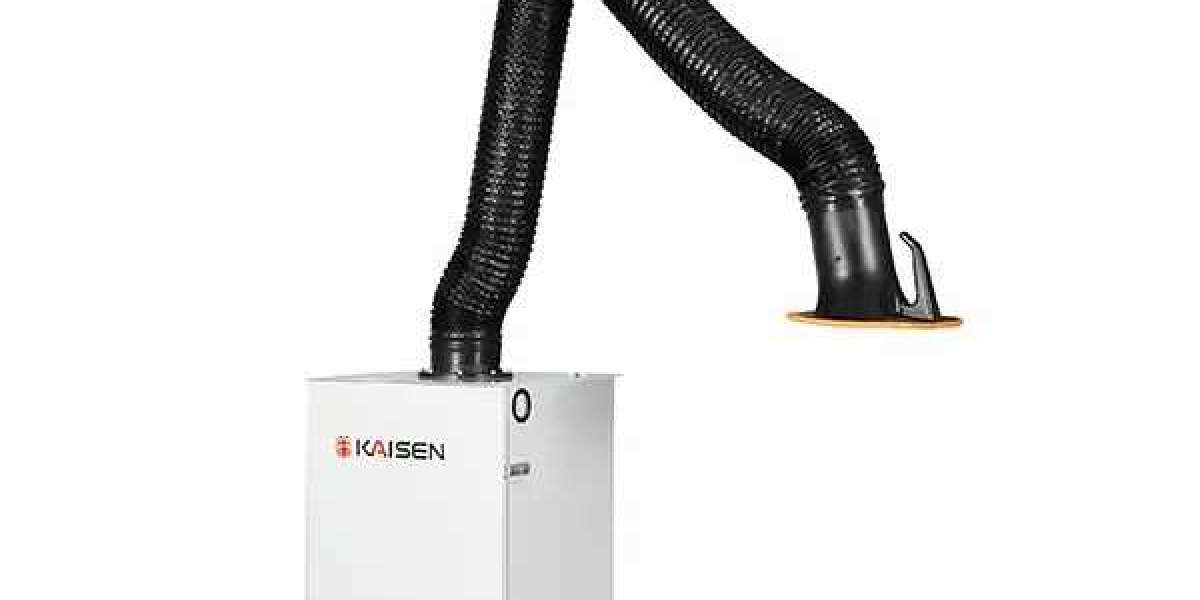The strategic positioning of security cameras is a fundamental element in crafting a robust surveillance system. Effective camera placement is pivotal for achieving comprehensive coverage and deterring potential threats in various settings, be it residential, commercial, or public spaces. Here, we outline key strategies to ensure maximum effectiveness in security camera placement:
Identify Critical Areas:
- Before installing security cameras, it is crucial to pinpoint areas that demand surveillance attention. These may include entrances, exits, parking lots, high-traffic zones, vulnerable points like windows, blind spots, and spaces housing valuable assets. By prioritizing camera placement in these critical areas, overall security is significantly enhanced.
Cover Entrances and Exits:
- Entrances and exits serve as primary access points for potential intruders. Placing cameras strategically at these locations facilitates monitoring of individuals entering and exiting premises, providing valuable footage for security incidents. Clear and unobstructed views ensure effective identification when needed.
Utilize Overhead Views:
- Mounting cameras at elevated positions, such as ceilings or top corners of walls, offers a broader perspective of the surroundings. Overhead views prove effective in monitoring large spaces, crowds, or open areas, minimizing blind spots and delivering comprehensive surveillance coverage.
Consider Lighting Conditions:
- Take lighting conditions into account when placing cameras. Position them to minimize glare, backlighting, and shadows. Cameras equipped with infrared (IR) capabilities can be employed for low-light or nighttime surveillance, ensuring optimal performance in diverse conditions.
Eliminate Blind Spots:
- Identify and eliminate potential blind spots where cameras may miss crucial information. Strategic placement in corners, alcoves, or areas obstructed by objects reduces vulnerabilities, enhancing the overall effectiveness of the surveillance system.
Monitor Perimeter:
- Securing the perimeter is crucial for preventing unauthorized access. Install cameras along boundaries, fences, and gates to monitor suspicious activity outside the premises, acting as a deterrent and providing early detection of potential threats.
Use a Mix of Camera Types:
- Different situations may require different camera types. Incorporate a mix of fixed cameras for stable coverage and pan-tilt-zoom (PTZ) cameras for flexible monitoring of larger areas. This combination ensures comprehensive coverage and adaptability in surveillance.
Concealment and Visibility:
- Strike a balance between camera visibility and concealment based on specific security requirements. While visible cameras act as deterrents, discreet placement may be preferred in certain instances. Choose strategic locations that maintain this balance.
Regular Maintenance and Testing:
- Establish a routine maintenance and testing schedule post-installation. Regular checks for physical damage, angle adjustments, and high-quality footage capture ensure the ongoing effectiveness of the surveillance system.
In conclusion, the placement of security cameras is a critical component of any comprehensive security strategy. By strategically positioning cameras, addressing blind spots, and considering factors such as lighting and camera types, one can maximize the effectiveness of a surveillance system, providing enhanced security and peace of mind for property owners and occupants.














